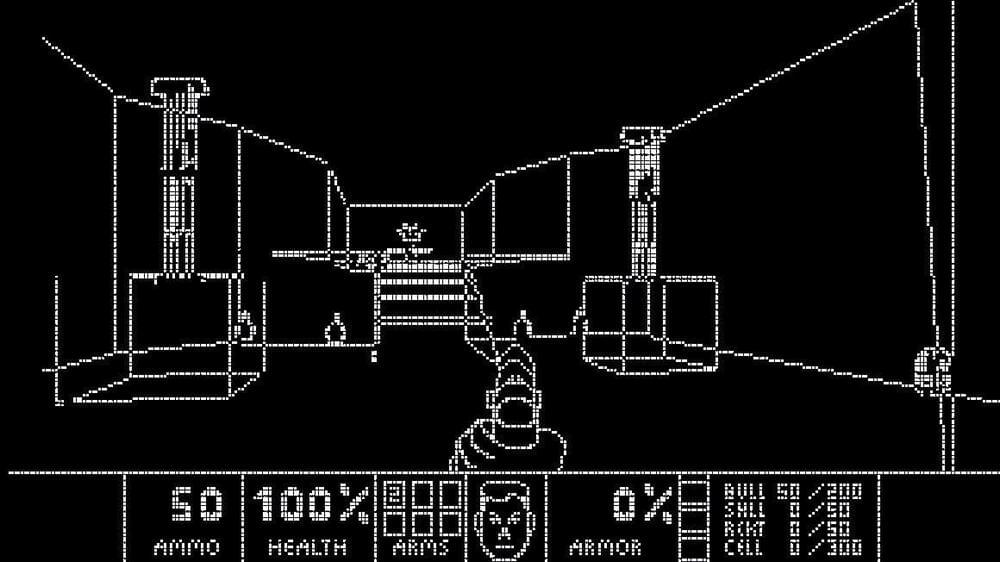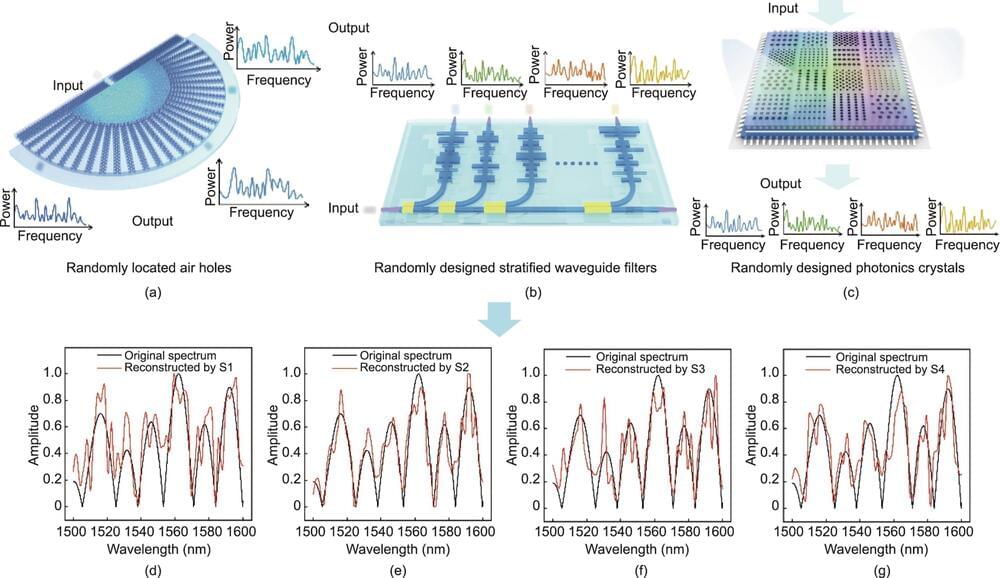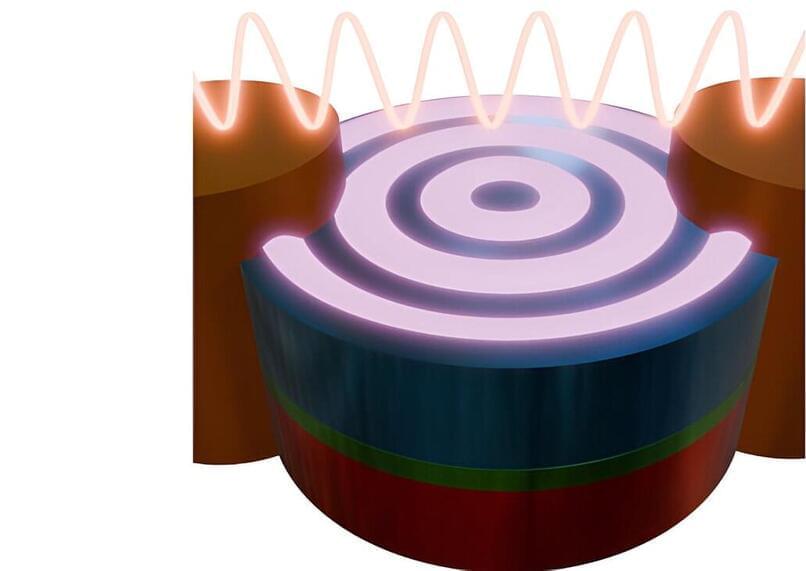Although quantum computing is a nascent field, there are plenty of key moments that defined it over the last few decades as scientists strive to create machines that can solve impossible problems.




DOOM has been ported to quantum computers, marking another milestone for this seminal 3D gaming title. However, the coder behind this feat admits that there is currently no quantum computer capable of executing (playing) this code right now. All is not lost, though, as Quandoom can run on a classical computer, even a modest laptop, using a lightweight QASM simulator.
Barcelona ICFO-based Quantum Information PhD student Luke Mortimer, AKA Lumorti, is behind this newest port of DOOM. In the ReadMe file accompanying the Quandoom 1.0.0 release, Lumorti quips that “It is a well-known fact that all useful computational devices ever created are capable of running DOOM,” and humorously suggests that Quandoom may be the first practical use found for quantum computers.
A few weeks ago, I attended the Seven Pines Symposium on Fundamental Problems in Physics outside Minneapolis, where I had the honor of participating in a panel discussion with Sir Roger Penrose. The way it worked was, Penrose spoke for a half hour about his ideas about conscious ness (Gödel, quantum gravity, microtubules, uncomputability, you know the drill), then I delivered a half-hour “response,” and then there was an hour of questions and discussion from the floor. Below, I’m sharing the prepared notes for my talk, as well as some very brief recollections about the discussion afterward. (Sorry, there’s no audio or video.) I unfortunately don’t have the text or transparencies for Penrose’s talk available to me, but—with one exception, which I touch on in my own talk—his talk very much followed the outlines of his famous books, The Emperor’s New Mind and Shadows of the Mind.
Admittedly, for regular readers of this blog, not much in my own talk will be new either. Apart from a few new wisecracks, almost all of the material (including the replies to Penrose) is contained in The Ghost in the Quantum Turing Machine, Could A Quantum Computer Have Subjective Experience? (my talk at IBM T. J. Watson), and Quantum Computing Since Democritus chapters 4 and 11. See also my recent answer on Quora to “What’s your take on John Searle’s Chinese room argument”?
Still, I thought it might be of interest to some readers how I organized this material for the specific, unenviable task of debating the guy who proved that our universe contains spacetime singularities.
Quantum computers have the ability to harness the mysterious effects of quantum physics, making them a game changer for science. Professor Hannah Fry explains how they work on The Future with Hannah Fry.
With the promise of unimaginable computing power, a global race for quantum supremacy is raging. Who will be first to harness this new technological force, and what will they do with it?
——-
Like this video? Subscribe: https://www.youtube.com/Bloomberg?sub_…
Get unlimited access to Bloomberg.com for $1.99/month for the first 3 months: https://www.bloomberg.com/subscriptio…
Bloomberg Originals offers bold takes for curious minds on today’s biggest topics. Hosted by experts covering stories you haven’t seen and viewpoints you haven’t heard, you’ll discover cinematic, data-led shows that investigate the intersection of business and culture. Exploring every angle of climate change, technology, finance, sports and beyond, Bloomberg Originals is business as you’ve never seen it.

In a study published in Engineering, researchers from Nanjing University of Aeronautics and Astronautics and Zhejiang University have unveiled a pioneering approach to designing on-chip computational spectrometers, heralding a new era of high-performance and reliable integrated spectrometers. This innovative inverse-design methodology offers a dramatic leap forward in spectrometer technology, addressing longstanding challenges in performance and reproducibility.
The study of computational biology is essential to understanding this transition. By exploring how life processes information, we gain insights into the nature of consciousness and intelligence itself. Computational models are key to revealing how systems organize, adapt, and evolve toward greater complexity and self-awareness. This progression suggests a future where intelligence is no longer bound by biological limitations but extends into the realm of artificial systems, creating a symbiotic relationship between humans and machines.
Ultimately, NOOGENESIS challenges traditional scientific paradigms by framing the universe as an informational “self-simulating” entity, where consciousness plays a central role in its evolutionary processes. The origins of life, the evolution of intelligence, and the potential for a post-Singularity future are all part of this grand narrative. By embracing this view, we can cultivate a more comprehensive understanding of the universe and our place within it—one that recognizes the fundamental role of consciousness in shaping reality and guiding evolution toward the apotheosis of Omega Singularity, the final convergence of intelligence and complexity.
A Spain-based startup has successfully demonstrated the capability of its graphene-based brain-computer interface (BCI) to perform precise tumor surgery.
INBRAIN Neuroelectronics, a company specializing in brain-computer interface therapies, successfully implanted its cortical interface in a human patient.
As per the press statement, this is the “world’s first human procedure of its cortical interface in a patient undergoing brain tumor resection.”


A group of Korean researchers have recently succeeded in developing new p-type semiconductor materials and thin-film transistors that will lead the innovation of the semiconductor industry. These new discoveries are expected to be widely utilized to improve the overall performance of next-gen displays and ultra-low power semiconductor devices.